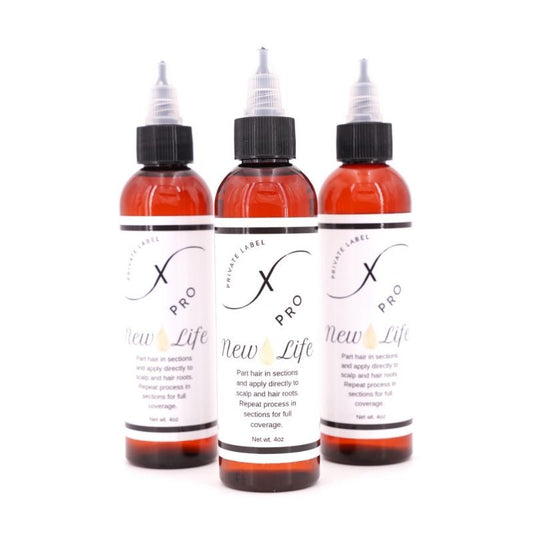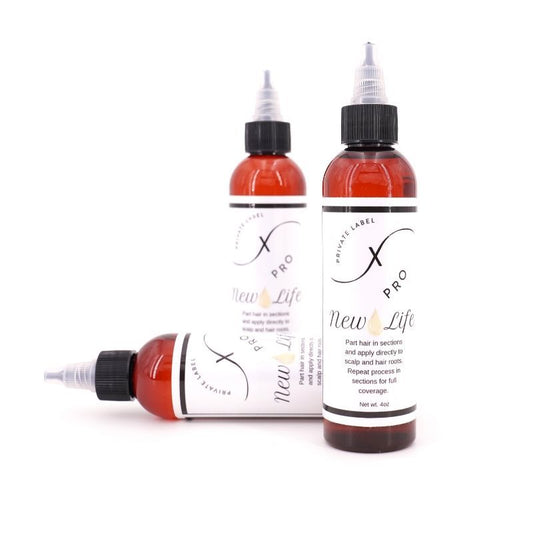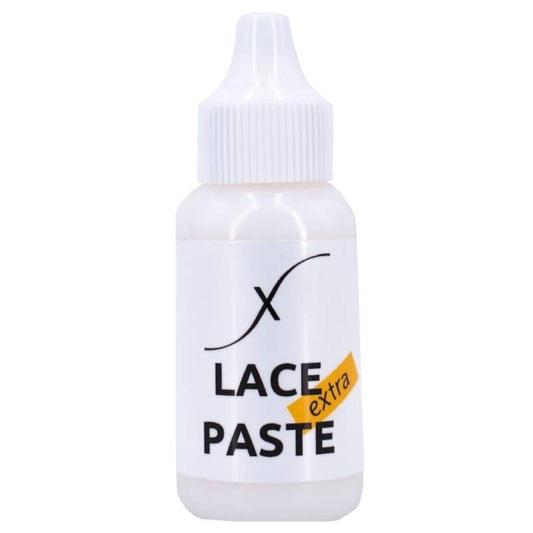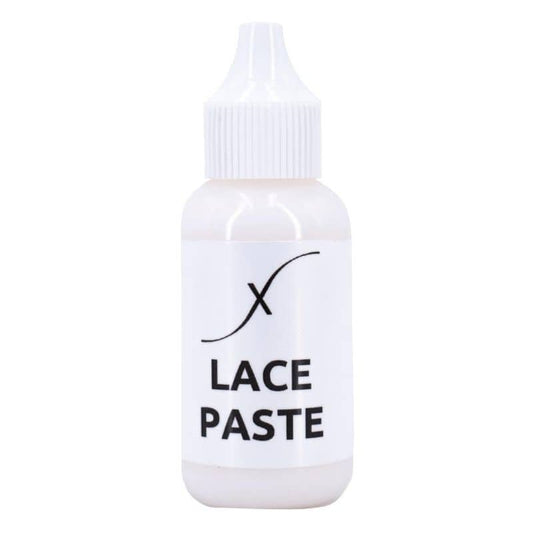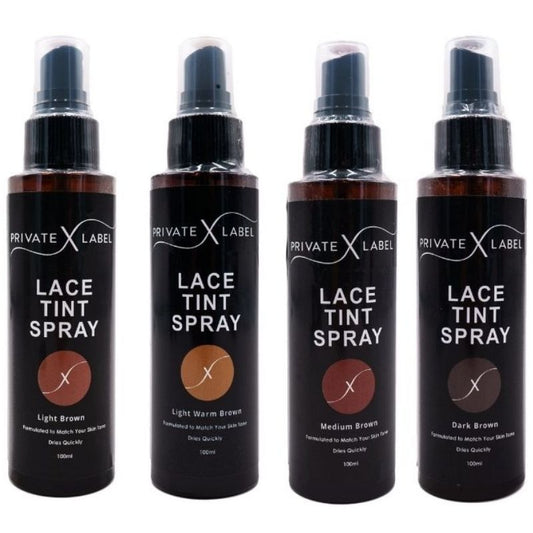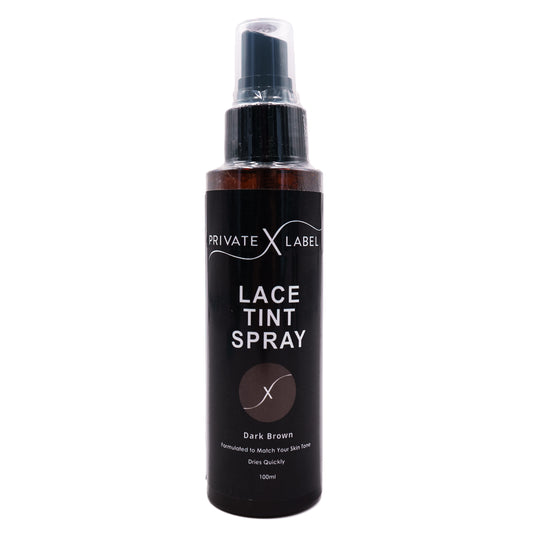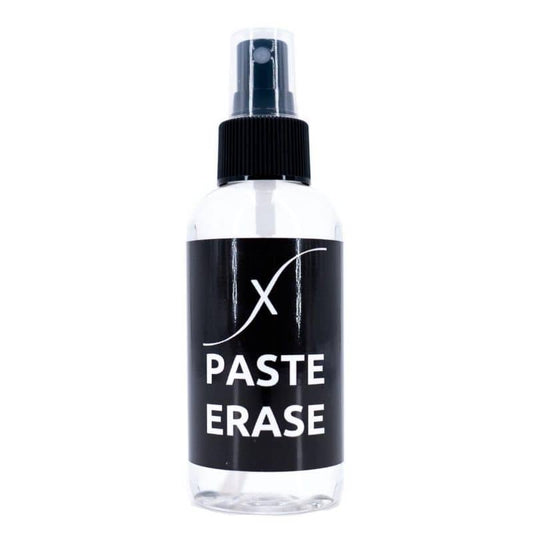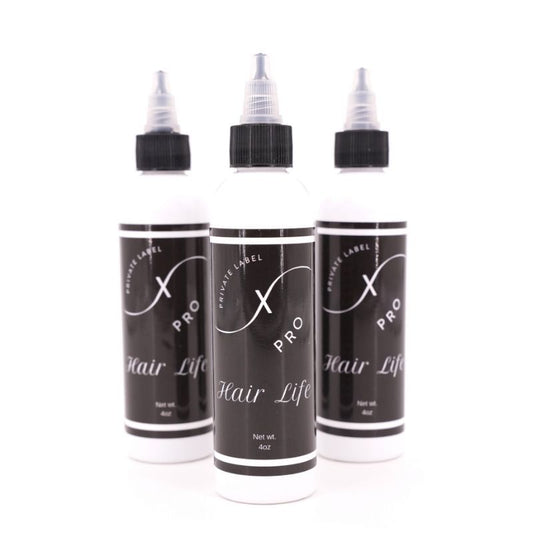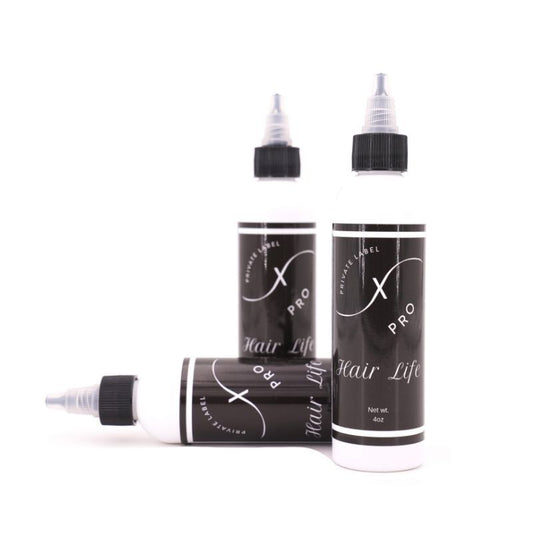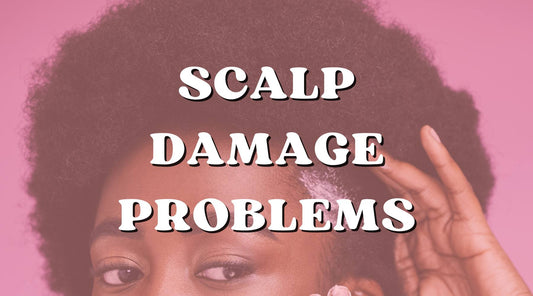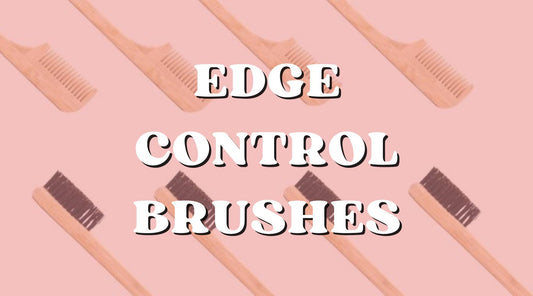1260 Memorial Drive
Atlanta, Georgia 30316
404-458-1330
Hair Porosity Test: Increasing Your Hair Care Regimen
Mikey MoranLearning hair porosity is equally enthusiastic yet nerve-wracking.
Although many of us love protective styles like glueless wigs, there's nothing like a head full of healthy, beautiful, natural hair.
So, read carefully, gorgeous! I'm going to give you the key to learning the porosity of your hair while caring for and protecting it as well. 😉
According to Diane Bailey, Ambassador of Shea Butter Products and Master Natural Hair Stylist, "Discovery, trial, and error are all a part of everyone's hair journey.
As you experience your textured hair, you will discover new products that hydrate and embellish the elasticity of your hair, or you will find products that make it feel dry or brittle, diminishing elasticity and moisture."
Knowing your porosity helps, but you may get different levels of porosity in different sections of your head.
No matter where you stand on the spectrum of hair care, knowing your porosity level is key to streamlining a daily regimen that's effective.
Before testing for hair porosity, let's look at exactly what it is.

What Is Hair Porosity?
Hair Porosity is the hair's ability to absorb and retain moisture.
It's broken down into three categories: low, normal, and high, which is a result of the way the cuticle layer rests along the hair shaft.
The hair porosity test will quickly help you determine your hair's porosity, and below, we will provide you with proper treatment.
There are two tests you can take to check how porous your hair is.

Hair Porosity Testing
You can easily test your hair porosity at home with the following three tests.
Testing for hair porosity is similar to checking the cuticles on hair bundles. Take a few minutes and give it a try!
Test 1:
Take a strand of clean shredded hair and drop it into a glass of water for about 3-5 minutes, giving the hair enough time to develop results.
If your hair floats, you have low porosity hair, and if it sinks, you have high porosity hair.
Test 2:
Take a few strands of your hair and slide your fingers up the shaft towards the scalp.
As you're sliding your fingers, if you feel little bumps or lumps along the way, then you, in fact, have high porosity hair.
On the other hand, if your fingers slip smoothly, like a baby's bottom, you have low porosity hair.
Test 3:
Spray your dry hair with a hair bottle filled with water.
If your hair quickly becomes wet and air dries quickly, it has high porosity.
If your hair shows water droplets on the hair strand and your hair is dripping wet, it has low porosity.

Low Porosity
Low hair porosity doesn't allow moisture in and out of the hair.
The hair cuticles of the hair strands are tightly bound, which can result in deep-down genetics.
The hair is usually left dry and resistant to water penetration despite how much effort you put into your hair.
To care for low-porosity hair, you should use light products such as leave-in sprays and daily conditioners.
You won't need silicone products because silicone keeps the cuticle lying flat, which is already done with low-porosity hair.
You also won't need oils or butter because they will build up on the scalp or the hair strands.
You want to rinse out your conditioner with warm water to get the excess conditioner off unless it is a light leave-in conditioner.
Instead of using creams to style your hair, use sprays, foams, or custards. You may not need to layer products.
One styling product may do the trick! So, while you're catching up on one of your weekly shows, just throw some deep conditioner in your hair underneath a shower cap and a hooded dryer.
After letting the hair take in as much moisture as possible for about 20 minutes, you can rinse your hair with lukewarm water.
The challenge for this type of hair is to lock the moisture in so it stays healthy.
Here's a tip: Stick to protein-free conditioners and moisturizers rich in emollients such as coconut oil, jojoba oil, and shea butter.
Additional Tips: You can determine the hair porosity by testing the hair extensions from your usual store and keep this info in mind if you want to switch places.

Normal Porosity
Normal hair porosity is low maintenance, shiny, and healthy.
Hairstyles usually last longer and hold up very well. If you had average results from one of the two tests, then your hair is pretty healthy.
The cuticles aren't as tight, allowing the perfect amount of moisture. Therefore, normal porosity hair is predicted to hold styles well without thinning edges.
It can be dyed and relaxed with a great outcome if done correctly. With your hair in such awesome condition, it's best not to overprocess it.
Occasionally, protein treatments can benefit your hair but don't make this a daily habit.

High Porosity
High hair porosity cuticles are spread wide and sometimes gap with holes.
It allows too much moisture to penetrate it and releases the moisture just as fast.
When your hair is highly porous, you may wash it every 1-2 weeks to get your scalp clean. You may use sulfate-free shampoo or shampoo that contains fewer surfactants.
The hair will lose moisture quickly, so the goal is to use leave-in conditioners and sealers to hold moisture and fill the gaps within the damaged cuticles.
Having high hair porosity means that your cuticles are open.
To cater to this, do a protein treatment every 6-8 weeks, which will give the hair more strength.

What Damages Your Hair Porosity?
Want better results the next time you test your hair porosity?
You also have to know what is damaging your hair.
Let's look at a few causes of hair damage.
Over Processing with Color
Yes, we all love a splash of color in our hair.
It makes us stand out and unique! You have to be very careful with how often you color your hair and the chemicals used to do so.
We always suggest working with a licensed stylist who is an expert in color.
Give your hair a break from bleaching, relaxers, and chemical treatments from time to time to keep it healthy to avoid color damaged hair.
Light Exposure
The UV rays of the sun can do more than just damage your skin.
Overexposure to the sun or UV light can hurt your hair, and it will begin to dry out and become more coarse.
Going to be in the sun for extended periods of time? Consider bringing along a scarf or hat to give your hair a break.
Proper Care
The key to success is to be consistent with your daily care.
It sounds simple, and it is. Use the best hair products for your hair, create a daily routine, and stick with it.
After a month, test your hair to see if it is improving. If not, consider testing some other hair care products.
Look up Winter Hair Care Routine!
Get Familiar with Your Hair
Many of us don't realize how essential and beneficial it is to know the porosity of our hair.
After chopping it off or just challenging yourself to take better care of it, these few simple steps can produce a head full of healthy hair.
How well you treat your scalp is the determining factor of how long your hair will grow.
No matter where you land on the hair scale, you're aware of your daily needs, and you can proceed with the correct products to ensure your hair and scalp are healthy. You don't want to end up with an itchy scalp, believe me.
Determining your hair's porosity is key to selecting the right products that will work in your favor and not against you.
Private Label takes pride in providing substantial information for your hair care journey along with magnificent bundles like the Honey Blonde Bundles and Burgundy Bundles to restore your confidence with minimal care.
We understand how important your hair is to you, and we want to assist you in reaching your hair goals by any means necessary.
We hope this article encourages you to continue your hair journey strong.

Hair Porosity Q&A
Here are a few more facts to help you learn about hair porosity.
What is hair porosity?
Understanding hair porosity is key to effective hair care.
It's about how well your hair absorbs and retains moisture and oils. Your hair's porosity, determined by the condition of the hair's cuticle layer, can be low, medium (normal), or high.
Knowing your hair's porosity level can guide you in choosing the right products and care routine, leading to healthier, more manageable hair.
How can you test hair porosity at home?
One standard method is the water float test.
To perform this test, simply place a few strands of clean hair in a water bowl and watch to see if the hair floats or sinks.
Hair that stays floating on the surface has low porosity, while hair that sinks quickly indicates high porosity.
Hair that sinks slowly exhibits medium or average porosity.
What are the characteristics of low-porosity hair?
Low porosity hair has tightly bound cuticles with overlapping scales that lay flat.
This makes it hard for moisture to penetrate but also means it can retain moisture well once absorbed.
People with low porosity hair might find that products tend to sit on their hair rather than being absorbed.
How should someone care for high-porosity hair?
High porosity hair absorbs moisture quickly but also loses it quickly.
To care for high-porosity hair, it's important to use leave-in conditioners, moisturizers, and sealants to help lock in moisture.
Protein treatments can also be beneficial, as they help to fill in the gaps and holes in the hair shaft that cause it to lose moisture rapidly.

Can hair porosity change over time, and if so, why?
Yes, hair porosity can change due to various factors, including chemical processing (adding hair color), heat styling, and environmental damage.
These factors can damage the cuticle, leading to higher porosity. Adopting protective styling and reducing chemical treatments can help manage changes in hair porosity.
Hair Porosity Questions
Have any questions about how to test your own hair?
Just leave a comment below, and we will help! 👇🏿
Check our latest Lace Front Wigs, don't worry, they have normal porosity hair!

